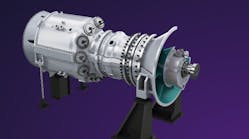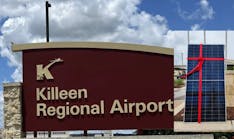California’s Aera Energy has introduced its large-scale carbon capture and storage project (CCS), CarbonFrontier, utilizing its CCS technology and Kern County’s workforce and infrastructure for decarbonization efforts.
The project will capture up to 1.6 MM Mt of CO2 per year from Aera’s operations for permanent storage at its Belridge oil field, reducing the company’s carbon footprint by the equivalent of 30,000 households once operational. The project will also support California’s carbon capture and storage target, which is over 100 MM Mt per year.
“The energy landscape is transforming, and Aera’s strategy is coexistence - ensuring Californians have the energy they need today as we work toward a lower carbon future,” said Aera Energy President and CEO Erik Bartsch. “This strategy matches the state’s ambitious policy objectives with our ability to bring energy solutions on paper to operational realities in the field.”
The project will be monitored by local, state, and federal regulatory entities, including the California Air Resources Board and the U.S. Environmental Protection Agency.
California aims to achieve carbon neutrality by 2045 and has adopted CCS to reduce carbon emissions from industrial processes.
Aera predicts the project will serve as a base to develop a Kern County carbon park to attract other businesses in need of storage to decarbonize their operations.
While Aera partners with various community-based organizations, Kern County residents, community partners, and local businesses, its investment in projects like CarbonFrontier will create job opportunities during the development phase and sustain employment in ongoing operations.
“Innovation is at the heart of our region’s future, and projects like CarbonFrontier embody the transformation at the core of Kern County’s revitalization,” said California State University, Bakersfield President Lynnette Zelezny. “Aera’s investment in innovation and development of lower-carbon energy will keep us as California’s energy hub and competitive on a global scale.”
The U.S. Department of Energy has also selected an Aera subsidiary to study the feasibility of a direct air capture hub. Such projects help create a transformative innovation center for businesses to join and share mutual benefits.





